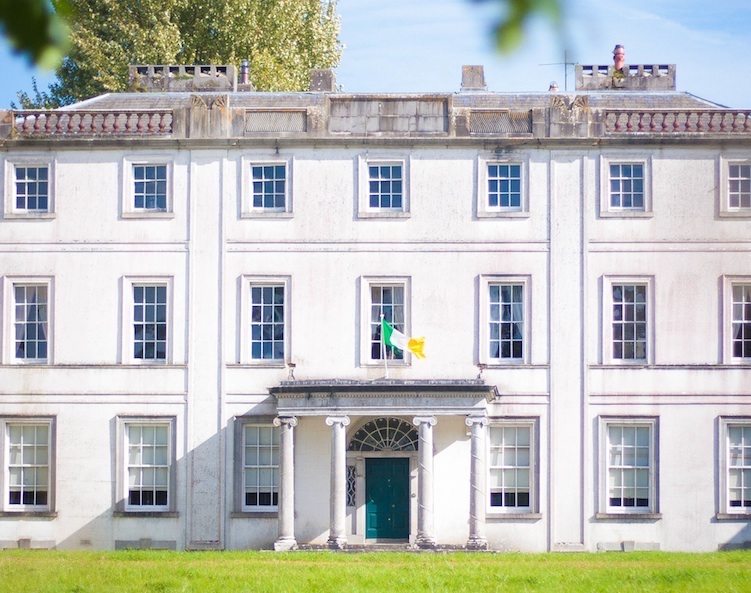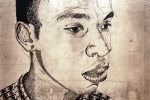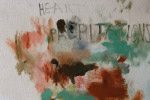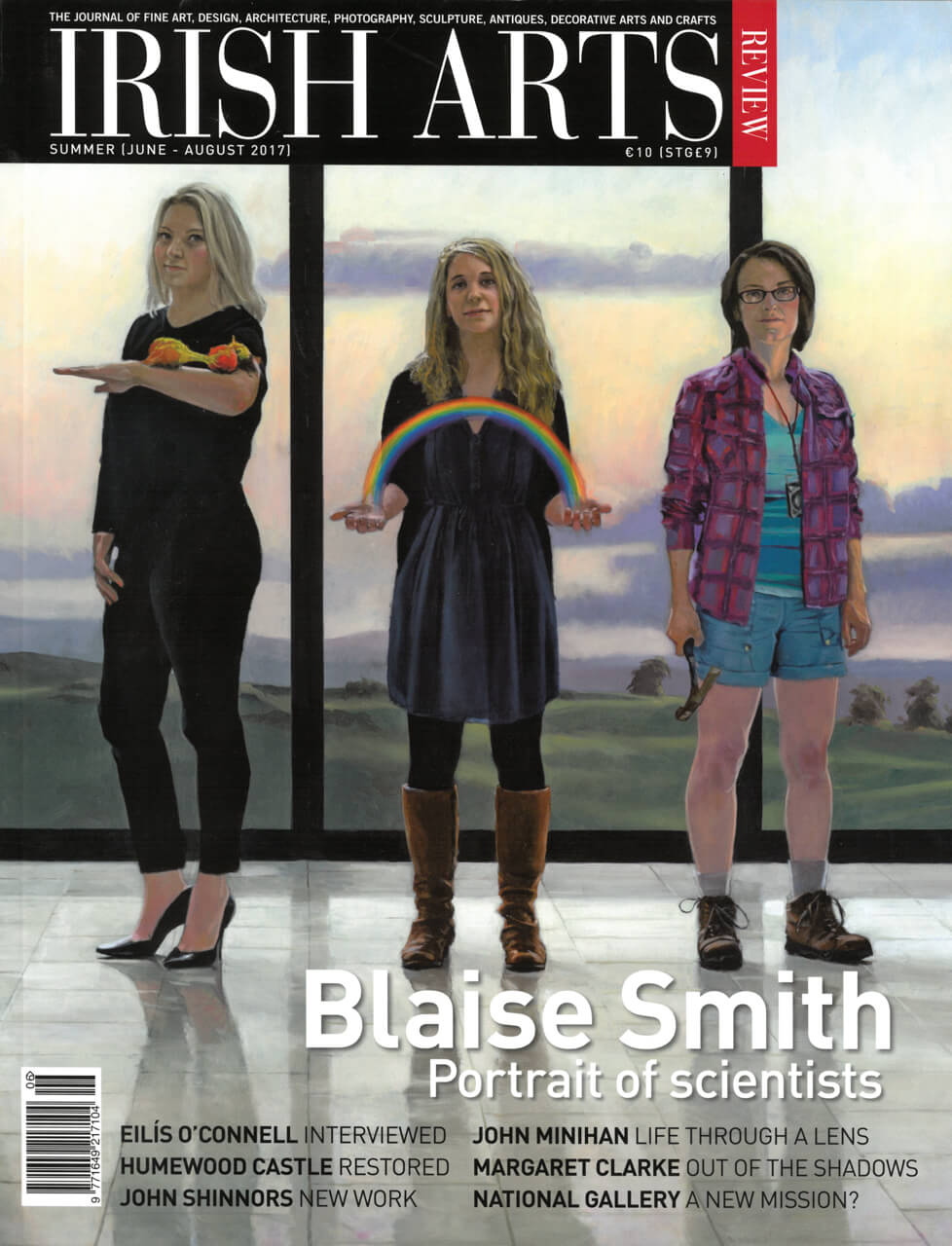
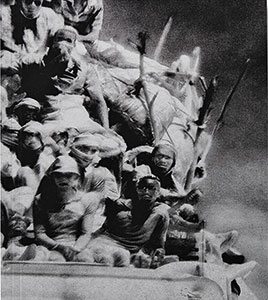 Texts by Giorgio Agamben and Richard Mosse
Texts by Giorgio Agamben and Richard Mosse
MACK 2017
pp 576 fully illustrated h/b
€40.00/ £35.00 ISBN: 978-1-910164-77-8
Anthony Haughey
Richard Mosse’s new video and artist’s book, Incoming, explores the continuing tragedy of migrants attempting to cross European borders. Mosse and his collaborators adapted a weapons-grade thermal imaging camera, normally used in battlefield surveillance, reconnaissance, and ballistics targeting, which can detect human bodies from more than 30km away. The resulting three-screen video installation was produced with cinematographer Trevor Tweeten and composer Ben Frost who created a soundscape of electronic drones and field recordings. Filmed in the Middle East, North Africa, and Europe, Mosse describes how the camera creates ‘aesthetic violence, dehumanising the subject, a technology that is designed for our governments that is used against the refugees‚’. The question is, does Mosse successfully appropriate this military apparatus to critically challenge the powerful gaze of an increasingly exclusionary Europe? The square format book contains a series of 600 monochrome images from the thermographic camera which renders people as gray, eerie, ghost-like figures in various stages of their migratory journeys. Trucks overloaded with human cargo cross the Sahara Desert and equally overloaded migrant boats are filmed being rescued in the Mediterranean. It also includes stills of border imaging technologies and the apparatus of war – soldiers load missiles on a US aircraft carrier in the Persian Gulf, a reference to powerful nations colonial adventures, often a catalyst for forced migration. The ambiguity and abstract quality of images in the book sit in stark contrast to humanist documentary photography normally associated with refugees and asylum seekers.
In Between The Eyes: Essays on Photography and Politics, writer David Levi-Strauss observes that the vast quantity of images and texts circulating the globe militates against the possibility of political critique. However, he also suggests that an antidote to this problem may be found by slowing down image reception and carefully controlling how images and representations are presented to audiences: ‘A single message from an individual artist has a better chance of being heard if it is slowed down enough so that it drops out of the mainstream‚’. In other words, the challenge is to engage audiences differently, encouraging a deeper reflective engagement with the lived reality of migrants in search of a better life.
the question is, does Mosse successfully appropriate this military apparatus to critically challenge the powerful gaze of an increasingly exclusionary Europe?
European migration policy has reduced stateless migrants to what Italian philosopher Giorgio Agamben (a contributor to the book) describes as ‘bare life‚’. In a different register, Mosse’s extraordinary video and artist book appropriates the technology of military surveillance by visually rendering stateless migrants to ‘bare life‚’. In doing so he captures their struggle to survive life-threatening journeys, reflecting the violence of European migration policy.
Anthony Haughey is an artist and a lecturer in Dublin Institute of Technology.

